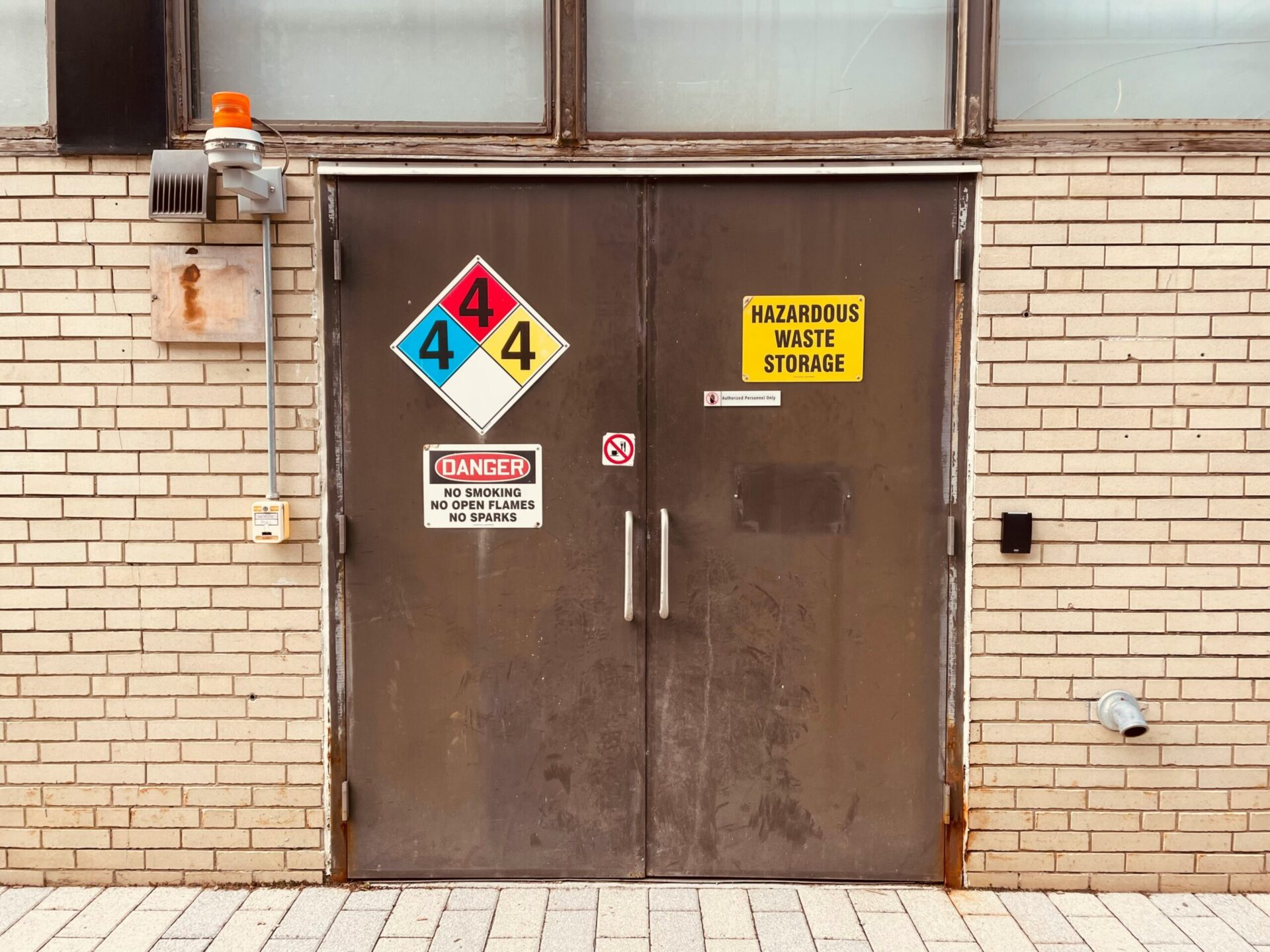A Homeowner’s Guide to Disposing of Hazardous Household Materials
As an Amazon Associate, I earn from qualifying purchases.
As responsible homeowners, it’s crucial to maintain a safe and healthy environment for ourselves and our families. One aspect of home management often overlooked is the proper disposal of hazardous household materials. From cleaning products to pesticides and old electronics, these items can pose risks to human health and the environment if not handled correctly. In this comprehensive guide, we’ll discuss how to identify hazardous household materials, the importance of safe disposal practices, and resources available to keep you and your family safe.
Identifying Hazardous Household Materials
Hazardous household materials can encompass a wide range of products commonly found in homes. Some examples include:
– Cleaning Products: Many household cleaners contain chemicals that can be harmful if ingested, inhaled, or exposed to skin.
– Pesticides and Herbicides: Products used to control pests and weeds often contain toxic substances that can pose health risks to humans and pets.
– Paints and Solvents: Oil-based paints, paint thinners, and other solvents may contain volatile organic compounds (VOCs) and other hazardous chemicals.
– Batteries: Old batteries, including rechargeable batteries and button cell batteries, contain heavy metals such as lead, cadmium, and mercury.
– Electronics: Old computers, TVs, and other electronic devices may contain toxic materials such as lead, mercury, and brominated flame retardants.
The Importance of Safe Disposal Practices
Proper disposal of hazardous household materials is essential for several reasons:
1. Protecting Human Health: Hazardous materials can cause a range of health problems, from respiratory issues and skin irritation to more severe conditions like poisoning and neurological disorders.
2. Preventing Environmental Contamination: Improper disposal of hazardous materials can lead to soil and water contamination, harming ecosystems and wildlife.
3. Reducing Fire and Safety Hazards: Certain materials, such as old electronics and batteries, can pose fire and safety risks if not disposed of properly.
4. Complying with Regulations: Many jurisdictions have regulations in place regarding the disposal of hazardous household materials. By following proper disposal procedures, you can ensure compliance with local laws and regulations.
Resources for Safe Disposal
Fortunately, there are numerous resources available to help homeowners safely dispose of hazardous household materials:
1. Household Hazardous Waste Collection Programs: Many communities offer household hazardous waste collection events or permanent drop-off locations where residents can dispose of hazardous materials safely. Check with your local government or waste management authority for information on upcoming events and drop-off locations in your area.
2. Recycling Centers: Some recycling centers accept certain types of hazardous materials, such as electronics, batteries, and fluorescent light bulbs, for recycling or proper disposal. Research recycling facilities in your area to determine which materials they accept and their disposal procedures.
3. Mail-In Programs: Several organizations offer mail-in programs for recycling or proper disposal of hazardous materials, including batteries and electronics. Look for reputable programs that provide instructions for mailing in your items safely.
4. Retailer Take-Back Programs: Some retailers and manufacturers offer take-back programs for products such as batteries and electronics. These programs allow consumers to return old items to the retailer for recycling or safe disposal. Check with retailers in your area to see if they participate in such programs.
5. Environmental Protection Agencies: National and local environmental protection agencies often provide guidance and resources on proper disposal practices for hazardous household materials. Visit their websites or contact them directly for information and assistance.
Conclusion
By understanding how to identify hazardous household materials and knowing the importance of safe disposal practices, homeowners can take proactive steps to protect themselves, their families, and the environment. Utilizing available resources for safe disposal ensures that hazardous materials are handled responsibly, reducing risks to human health and the ecosystem. Together, let’s prioritize safety and sustainability in our homes and communities.
Subscribe for more eco-friendly home tips!


